EnviroMail 138 Australia - Landfill Waste Classification and Waste Definitions
Uncontaminated Fill Packages (WA)
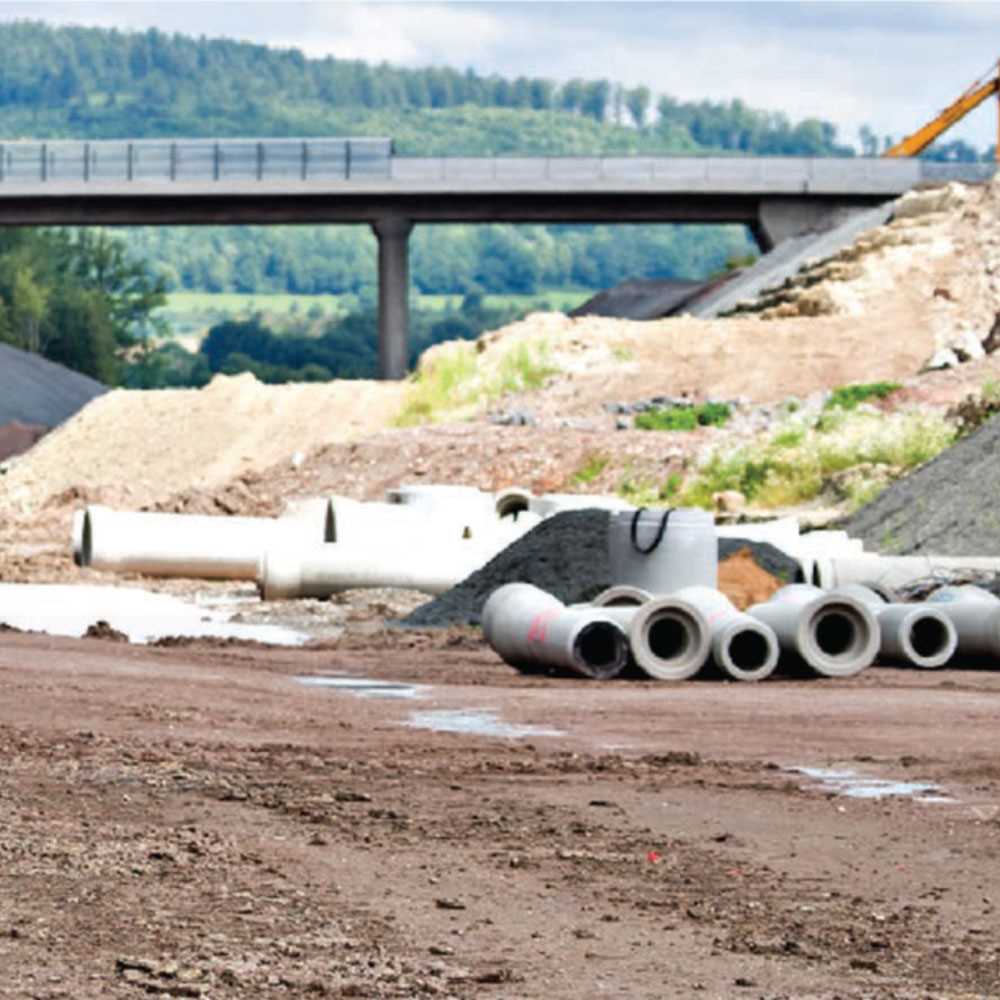
- has been excavated or removed from the earth in areas that have not been subject to potentially contaminating land uses including industrial, commercial, mining, or agricultural activities; and
- has not been processed except for the purposes of achieving desired particle size distribution; and/or removing naturally occurring organic materials such as roots; and
- does not contain any acid sulphate soil; and
- does not contain any other type of waste.
Introduction of Uncontaminated fill criteria
Table 7 of the WA Landfill Guidelines, the minimum sampling and testing standards for uncontaminated fill, allows for testing of substances based on land use history and statistical evaluation of the laboratory results. This includes a reference to the list of potentially contaminating activities, industries, and land uses (Appendix B) of the Assessment and Management of Contaminated Sites document (DER 2014). Therefore, Appendix B is key to determining what tests are relevant from Table 6.
ALS has created several packages to assess the criteria laid out in Table 6 of the guidelines. The P-19/4 packages meet the requirements stipulated by the Maximum Concentrations and the P-19/5 packages meet the requirements of the Leaching tests. See Tables 1 and 2 below for a list of package inclusions. If you require a variation, please contact Client Services to receive a project specific quotation.
Table 1. Uncontaminated Fill Soil Analytical Requirements (Total Concentrations)
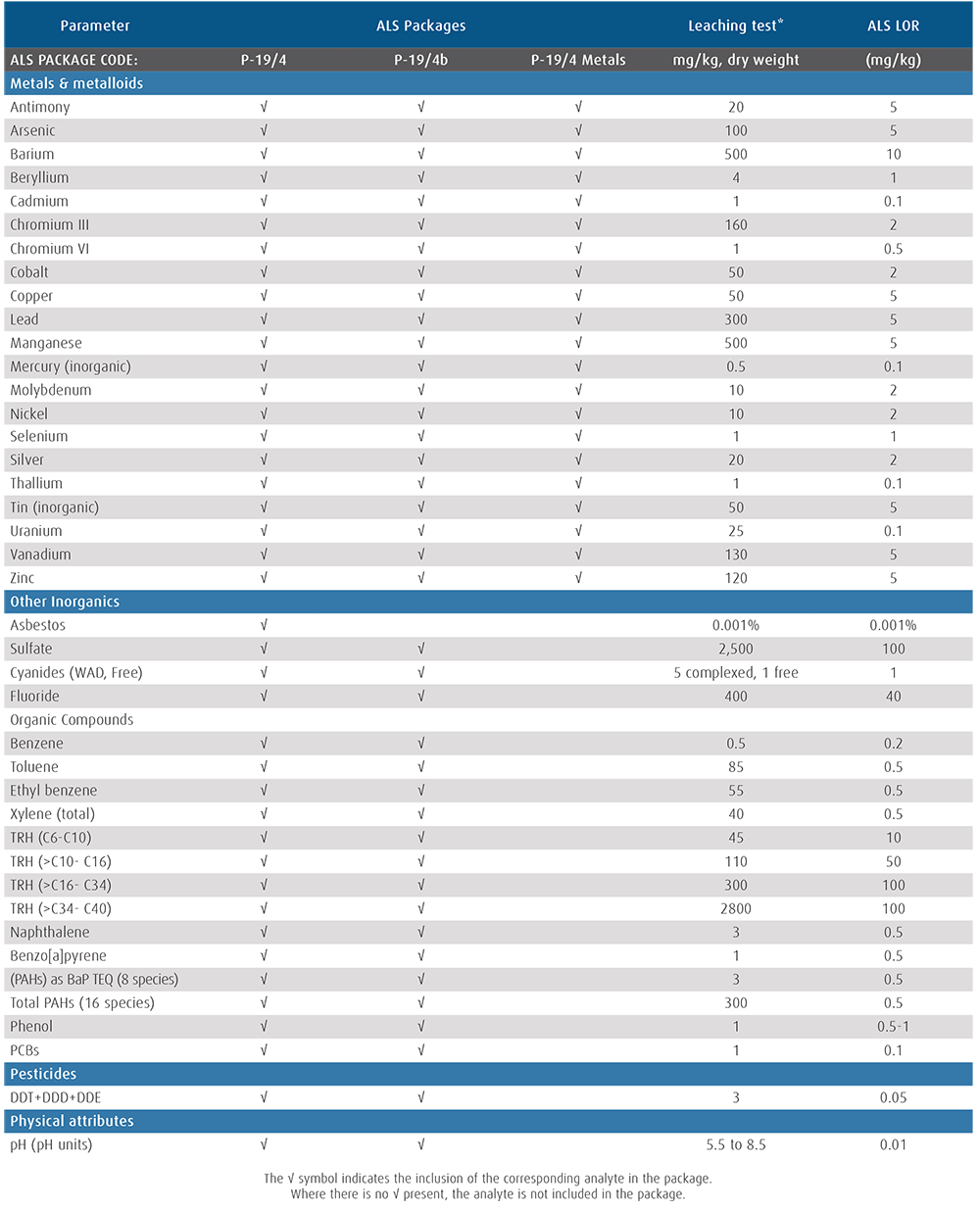
Table 2. Uncontaminated Fill Soil Analytical Requirements (Leaching Concentrations)
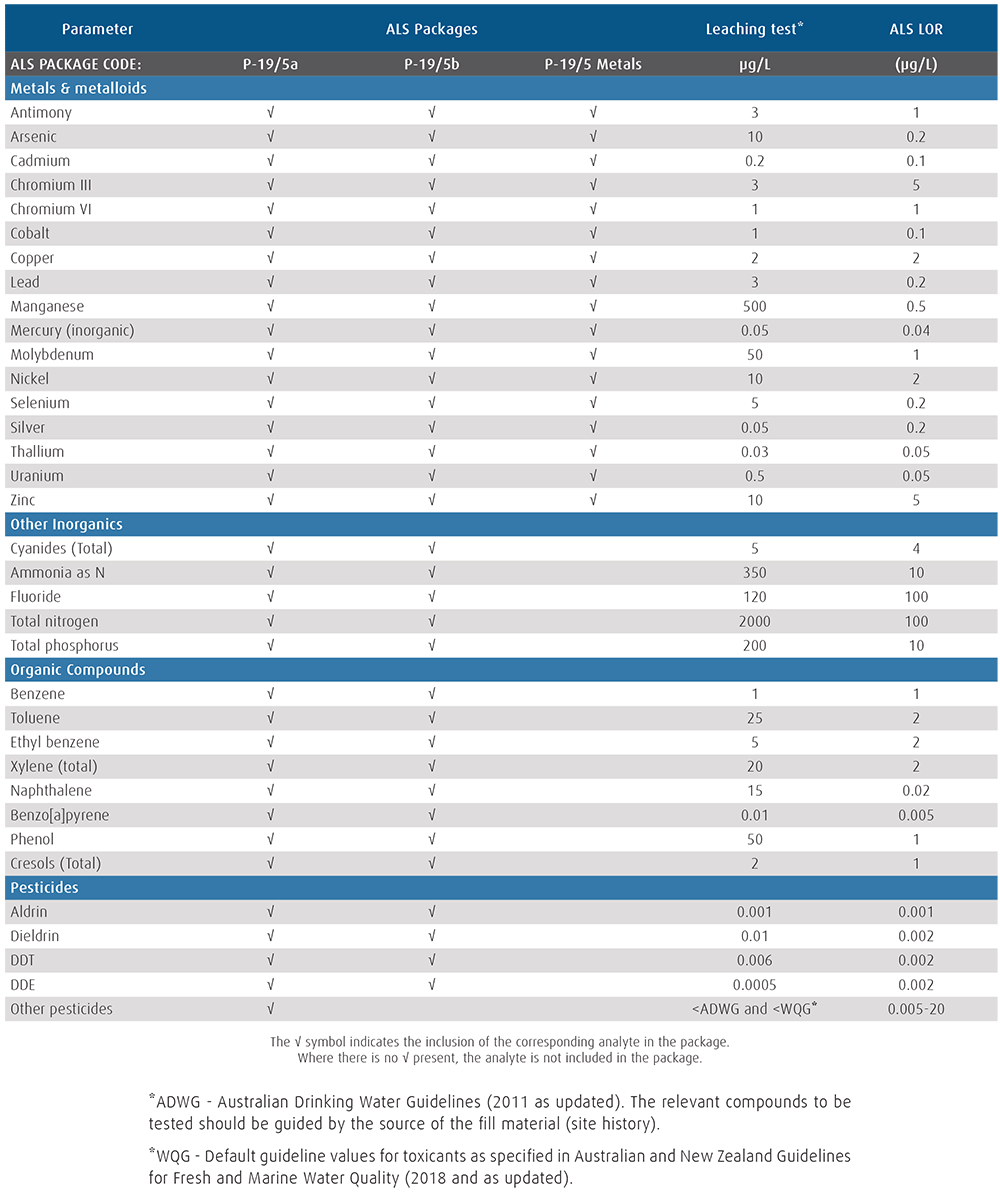
WA Waste Classification Packages
Table 3. Contaminant threshold (CT) values for waste not requiring a leach test.
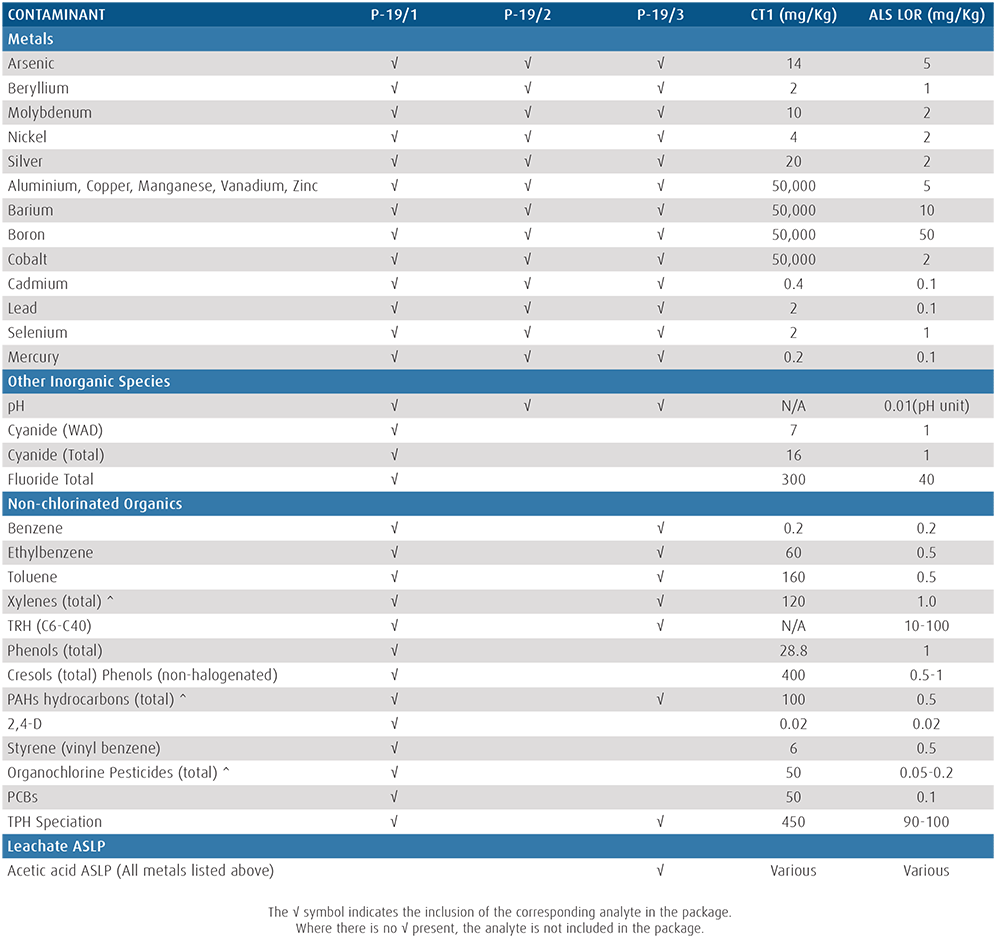
Automated Comparison Reporting
The ALS generated Guideline Report presents the laboratory results against selected guideline limits. The report assists by removing the need for manual comparison of a large number of data points. Additionally, a summary of all breaches is presented at the beginning of the report (see Figure 2 example). The aim of this report is to assist ALS clients with accurate and rapid assessment, facilitating on-site management options or further classification analysis as required (e.g., ASLP determination). To receive this report, simply request the report format ‘GL_Generic Test’ on the chain of custody accompanying the samples.
Figure 1. Summary of guidelines reached or exceeded
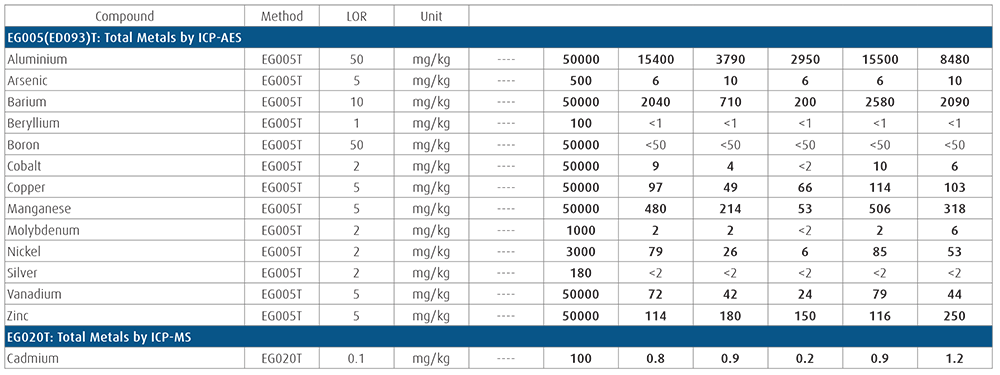
Figure 2. Example tabulation of results in comparison to WA DWER Landfill Waste Classification contaminant threshold
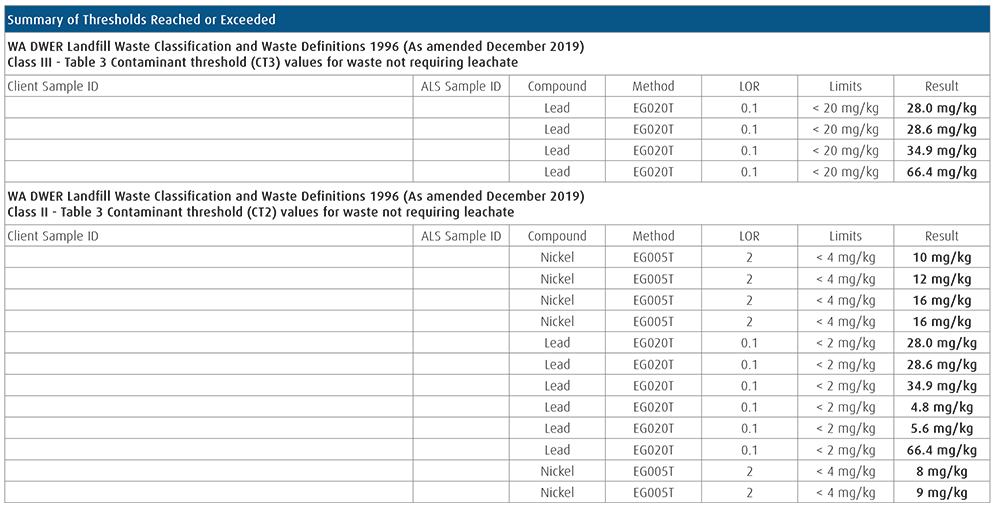
Get in touch with us
If you have any questions relating to landfill waste classification and waste definitions, please contact:
Brisbane
Sydney
Melbourne
Perth























































